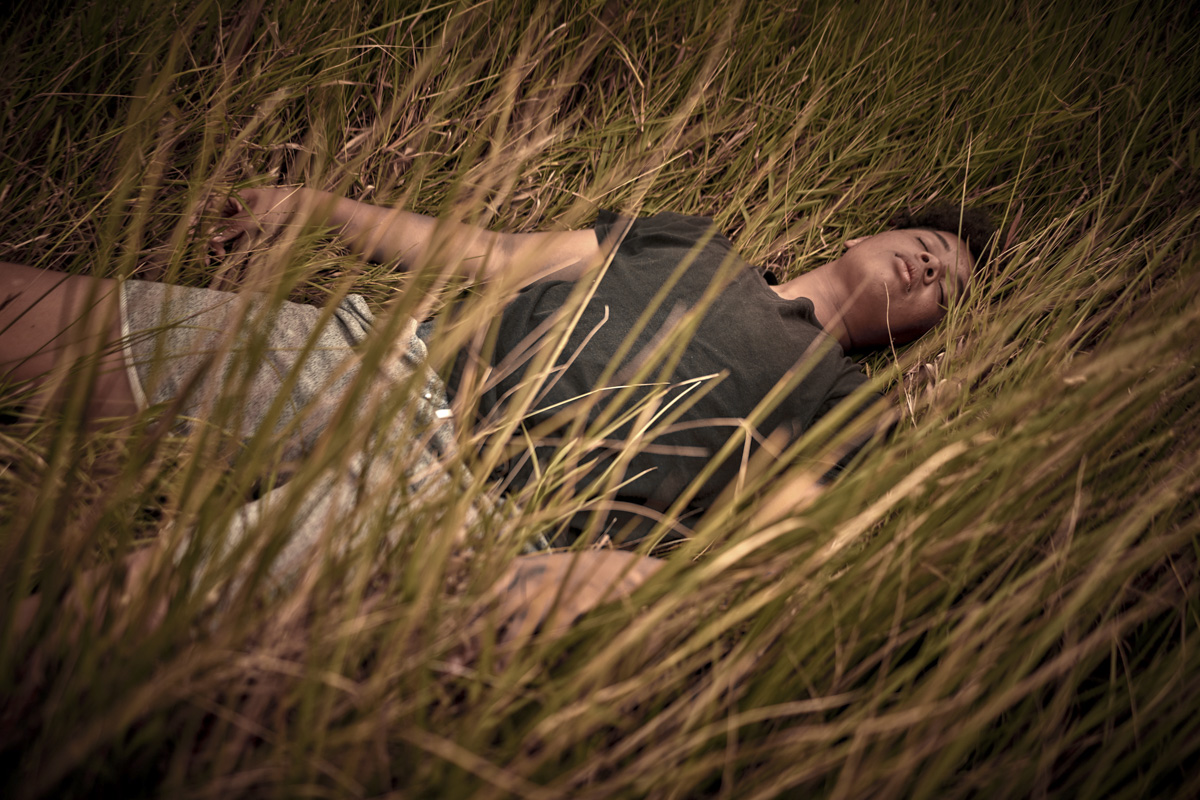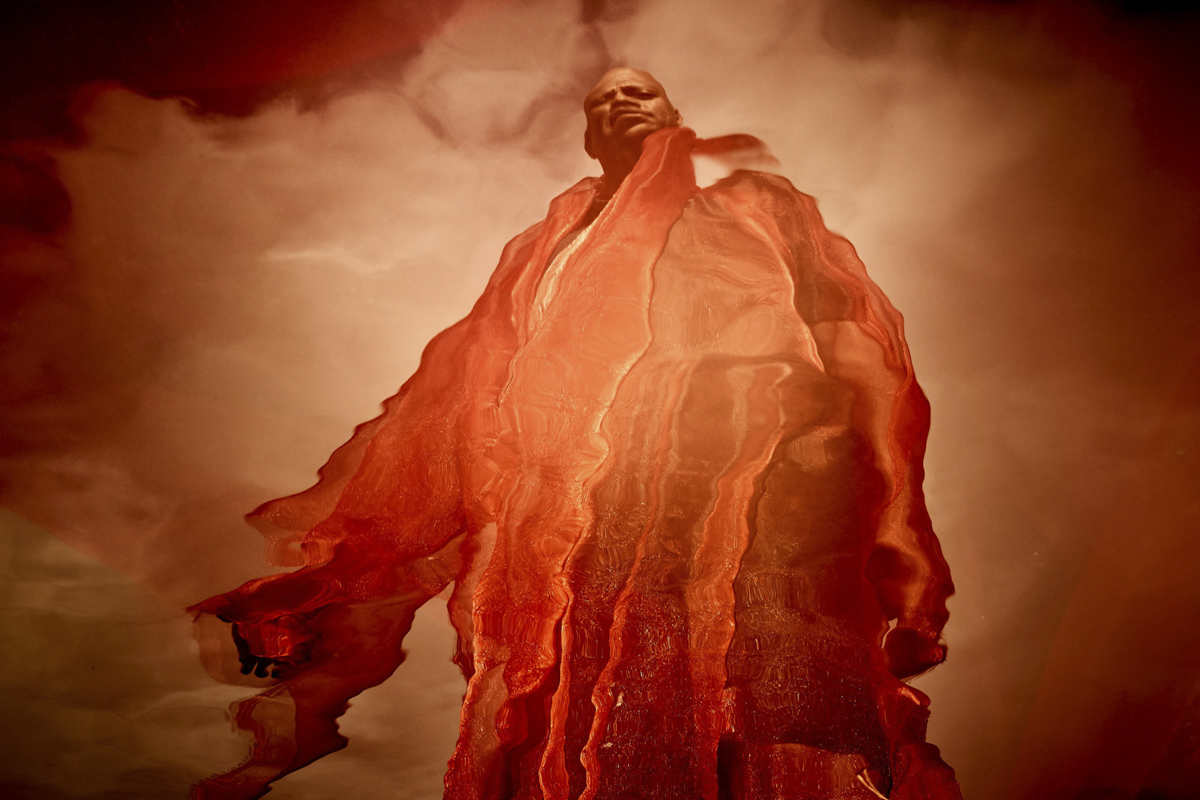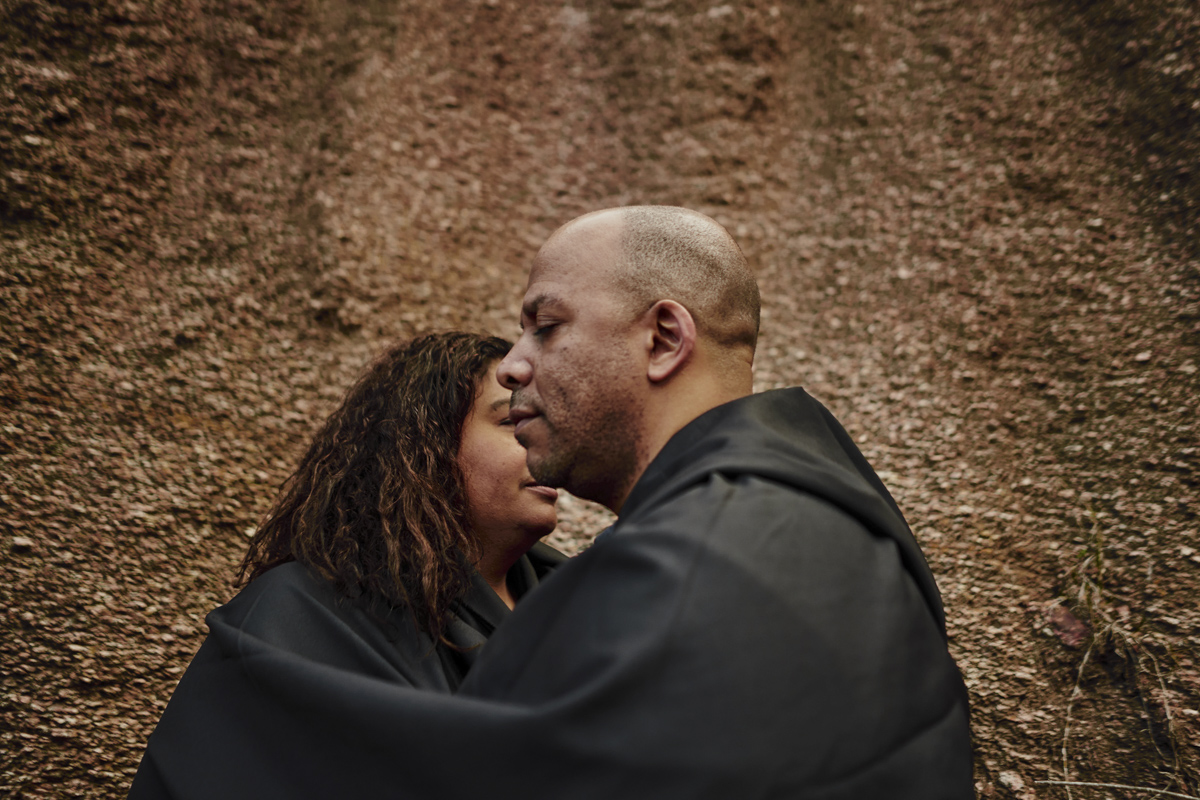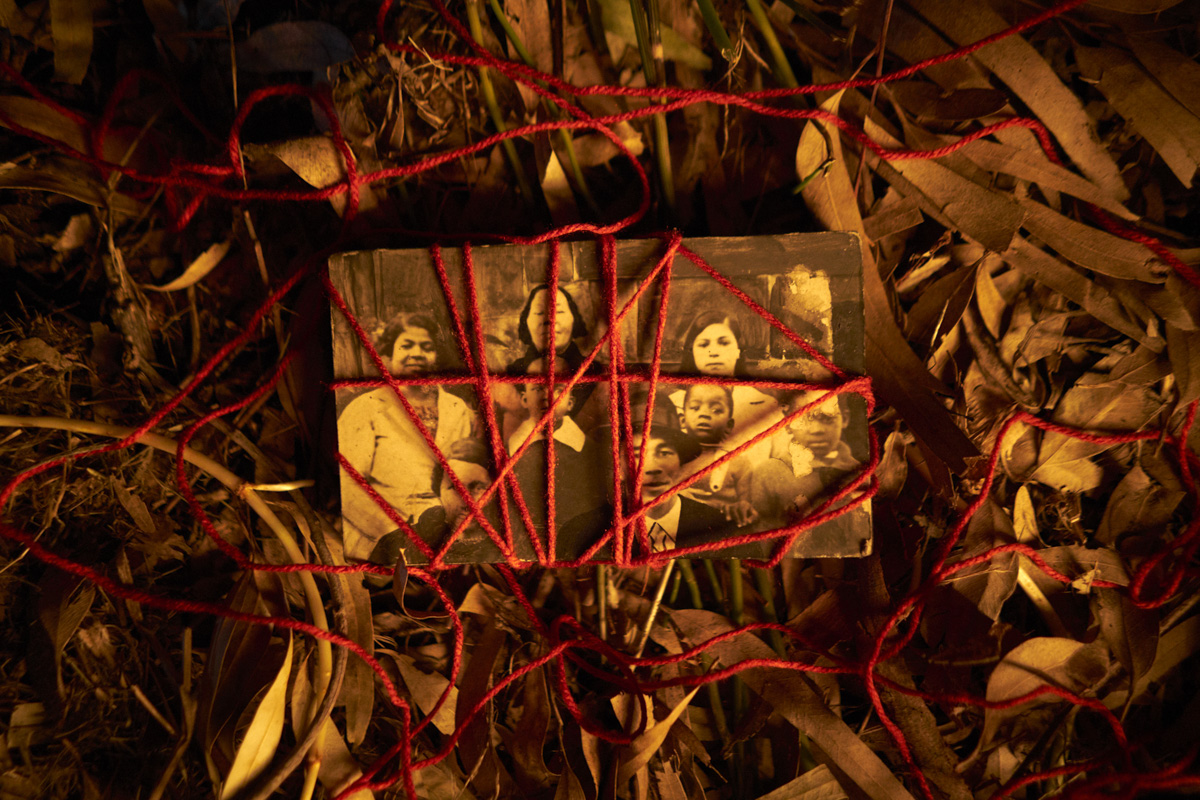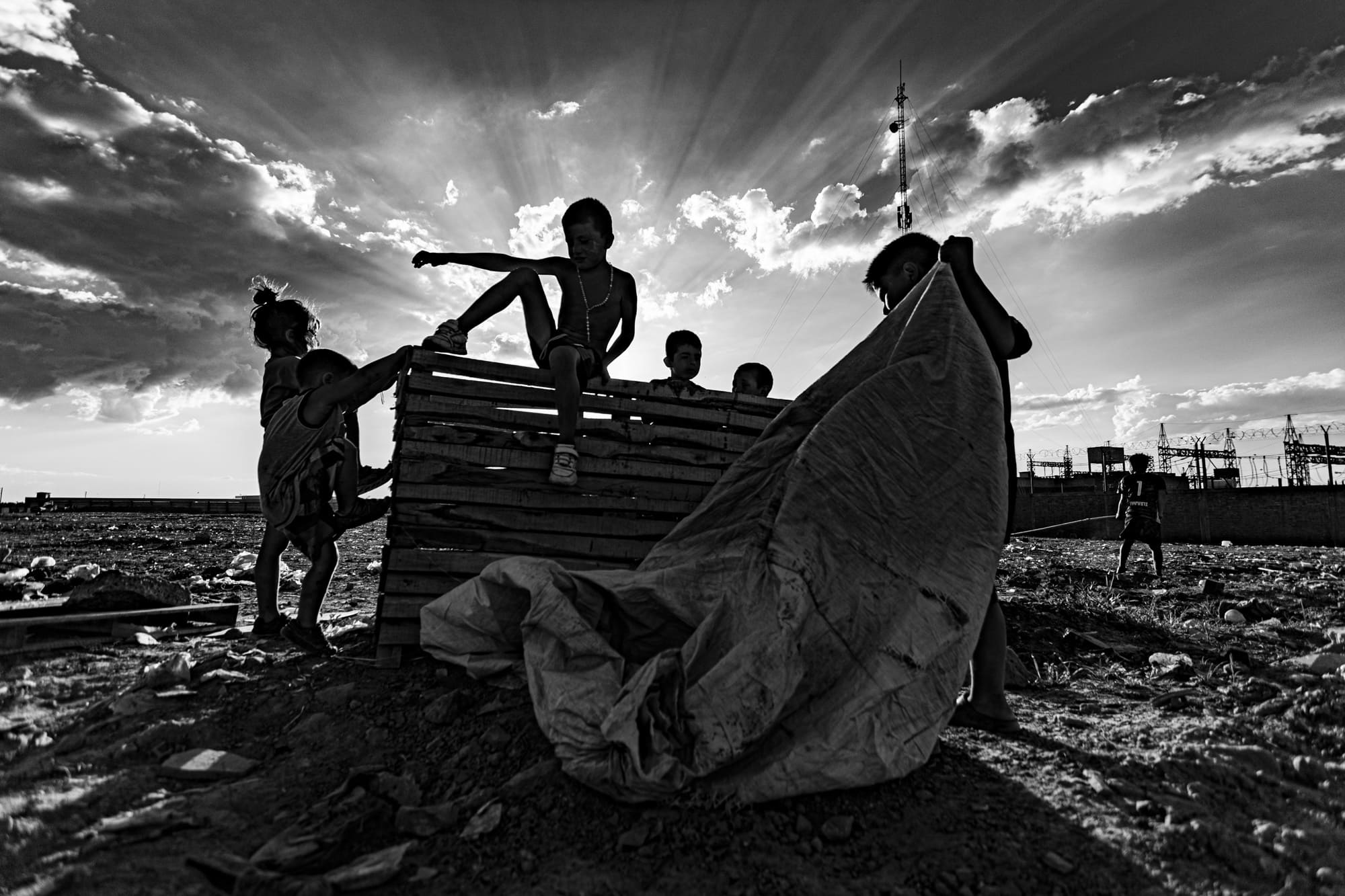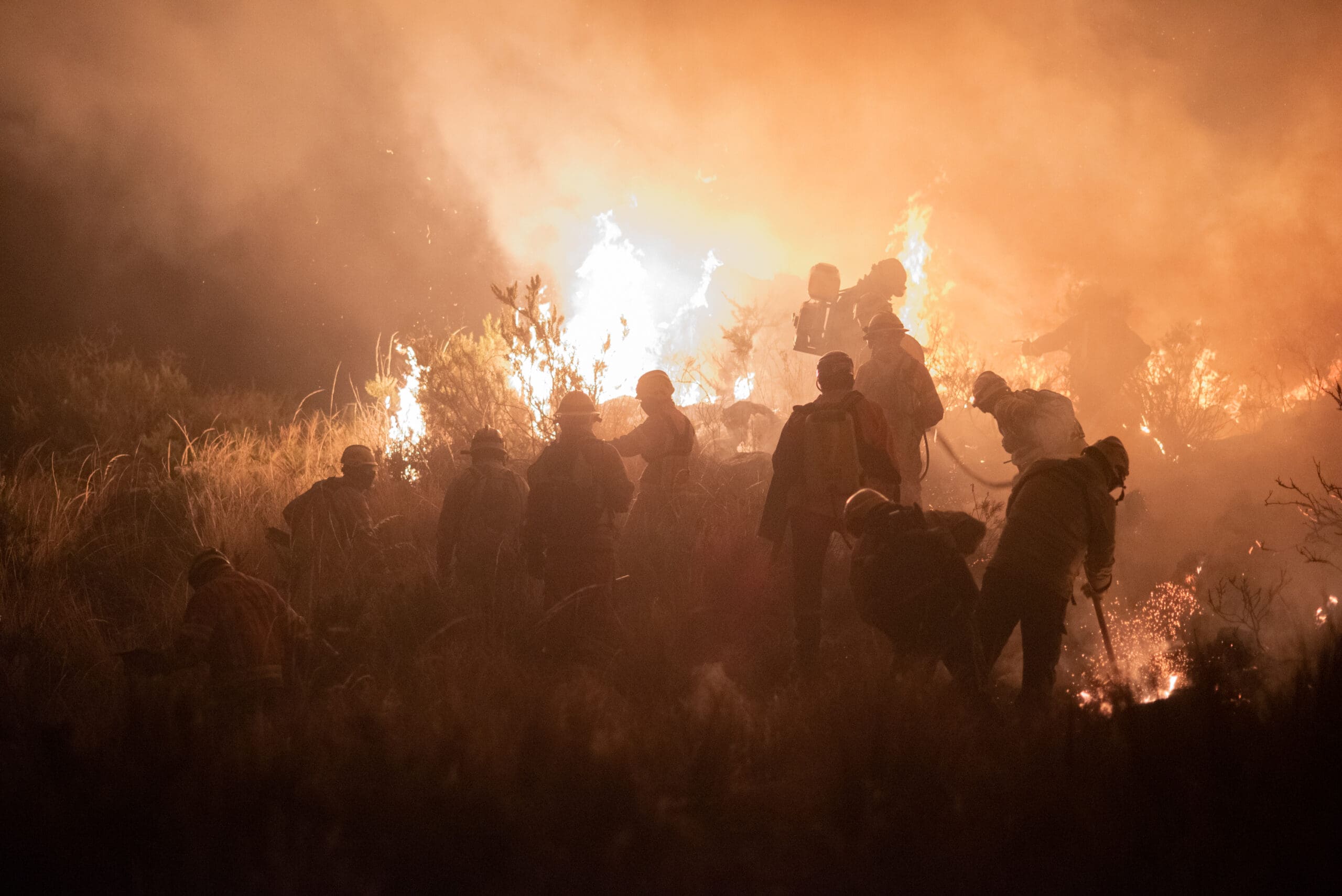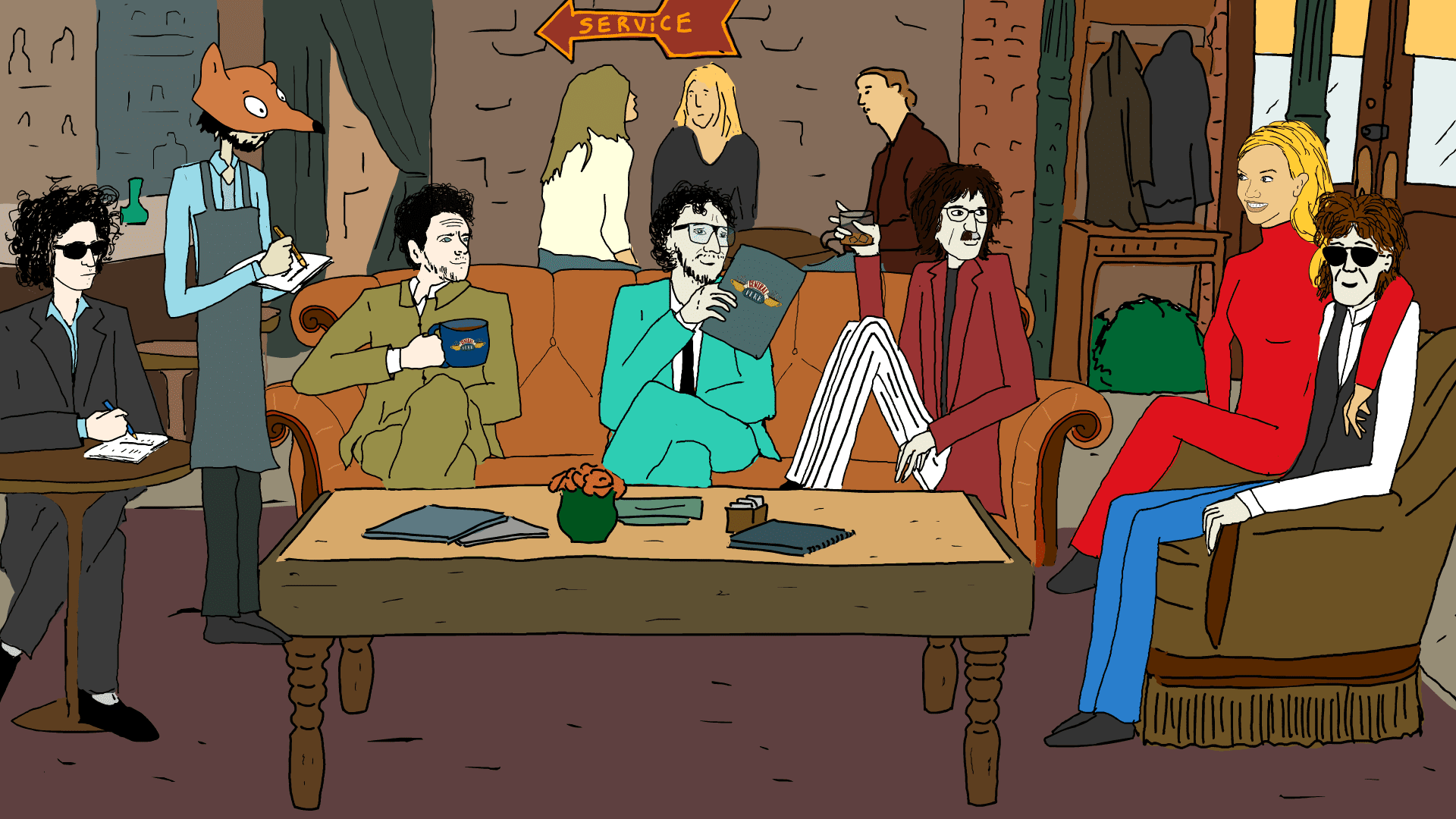Mayra Da Silva is a visual artist and communicator. Pablo Albarenga is a photojournalist. They were joined by the call for Africamericanos for audiovisual projects on Afro-descendant communities. They presented Afrouruguayos, with the idea of building a new visual narrative about Afro-descendant communities in Uruguay through its protagonists.
“I was interested in working with Mayra because at that time I came from a more photojournalistic, or more classical, place, and she came from a much more artistic place. I was curious to know what could come out of that conjunction, of that mixture,” says Pablo from his home in Montevideo. In another part of the city, connected by video call, Mayra nods. “I thought it was good to develop a project together,” she says, “because he has experience working in communities and a rich sensitivity. I have been working with the Afro community for a long time and I am also a racialized person, so it seemed to me that mixing and sharing at that meeting could greatly enhance the project.”
What they wanted was to reconstruct and resignify the history of the Afro-Uruguayan community, where 8.1% of the population recognizes themselves as Afro-descendant, and to give rise to different views on that identity. Views, they explain, that enable the recognition of the other. “There is a stereotype about people of African descent that always relates them to music. This is not necessarily wrong, because they come from a place of protest, resistance and struggle, but I think it stays there: for the non-Afro-descendant, the Afro-descendant can only play the drums,” explains Mayra.
“So, we try to open the spectrum and perform a deconstruction of those imaginaries. This generated an important movement for us because in that imaginary there is also a cultural representation: we did not want to fall into the representation of religion, drums, or music, but in turn we saw that Afro-descendants have that representation of themselves as a community.”
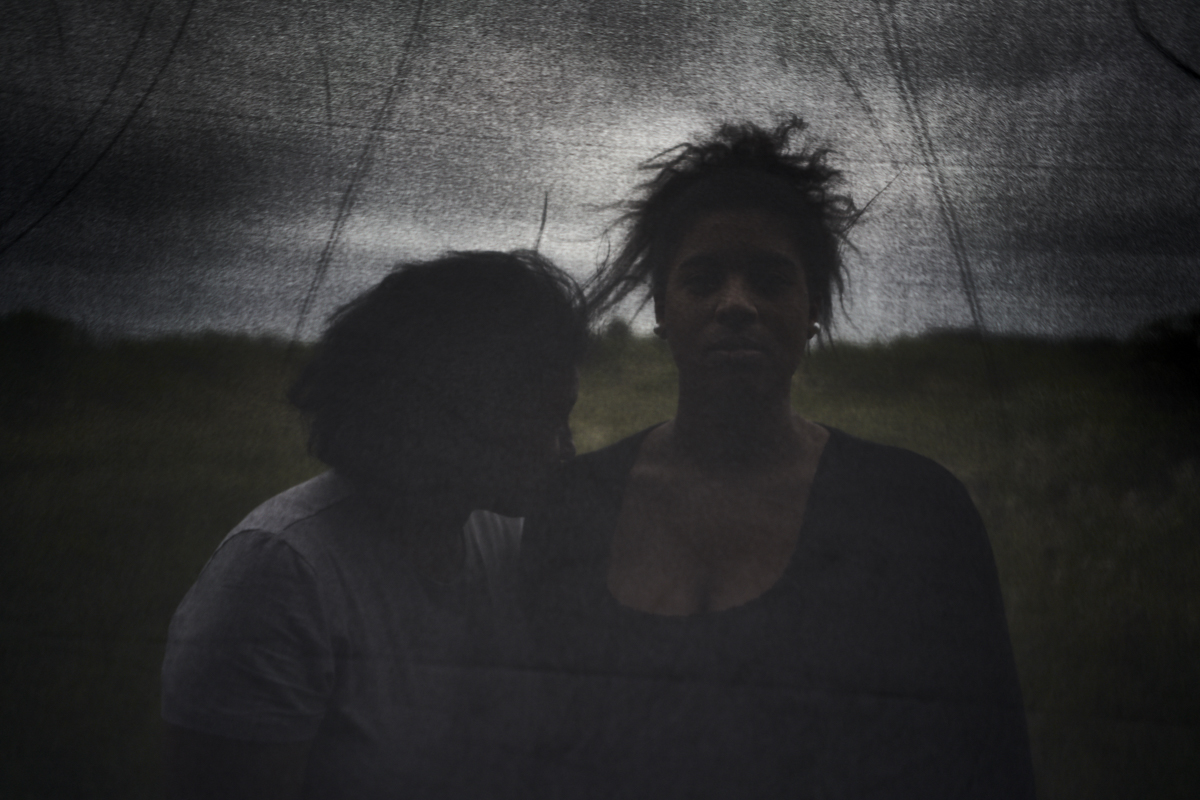
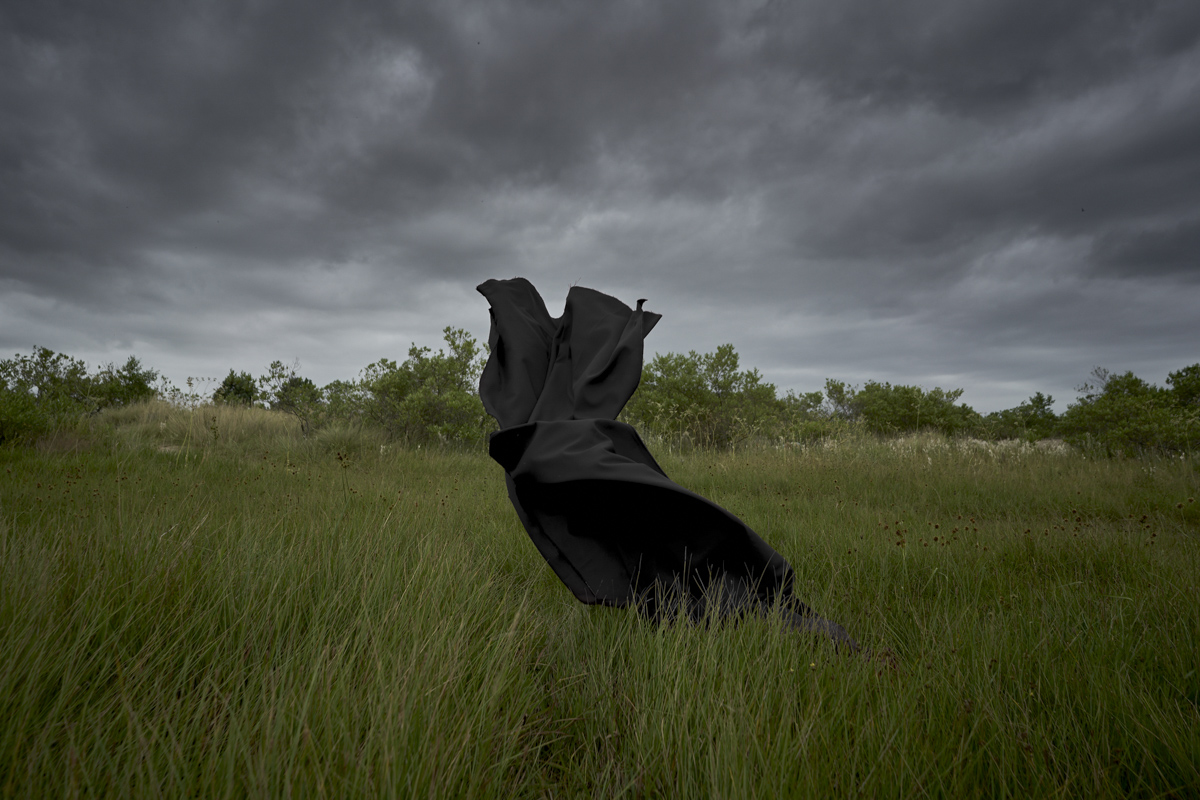
It was not the first time that Mayra had come across these questions. Her first project with families and raciality was related to showing people of African descent not from the place of the musician, candombe or from religion; but, for example, in fashion productions. “From there, I work on the topic of stereotypes and until now it is a continuous work that I approach from the aesthetic, the symbolism and the religiosity, but not from the imaginary that they impose on you in school or in history. For this project it was quite challenging not to fall into what I was already doing but to do it more from the conceptual point of view.”
When they started working, the plans were to interview Afro-descendant families from Montevideo and San José and then portray them trying to represent in the photos what came out in the interviews. They were portraits in their homes, in their surroundings. “We started with that but then what happened to us was that we had a lot of family portraits but we lacked a narrative line, we lacked a common thread,” says Pablo.
When assembling the photos, they also had a hard time finding a joint look. “At the beginning”, Mayra remembers, “in the photos you could see a mixture of two points of view, we didn’t know what we wanted to convey.” That which differentiated them and made the idea of working together so attractive was, at the same time, an obstacle for them. “At the beginning it was something like ‘my ideas’, ‘Pablo’s ideas’ and putting that in the blender. Pablo comes more from photojournalism and documentary, and the first portraits we made did not convince me. I was looking for more conceptual things and we went to photograph objects from homes, intimate and symbolic objects.”
They decided to stop for a moment. They rethought the execution of the project and embroider their two glances in a dual, collective gaze. They began to work based on references, ideas and storyboards of the photos they imagined.
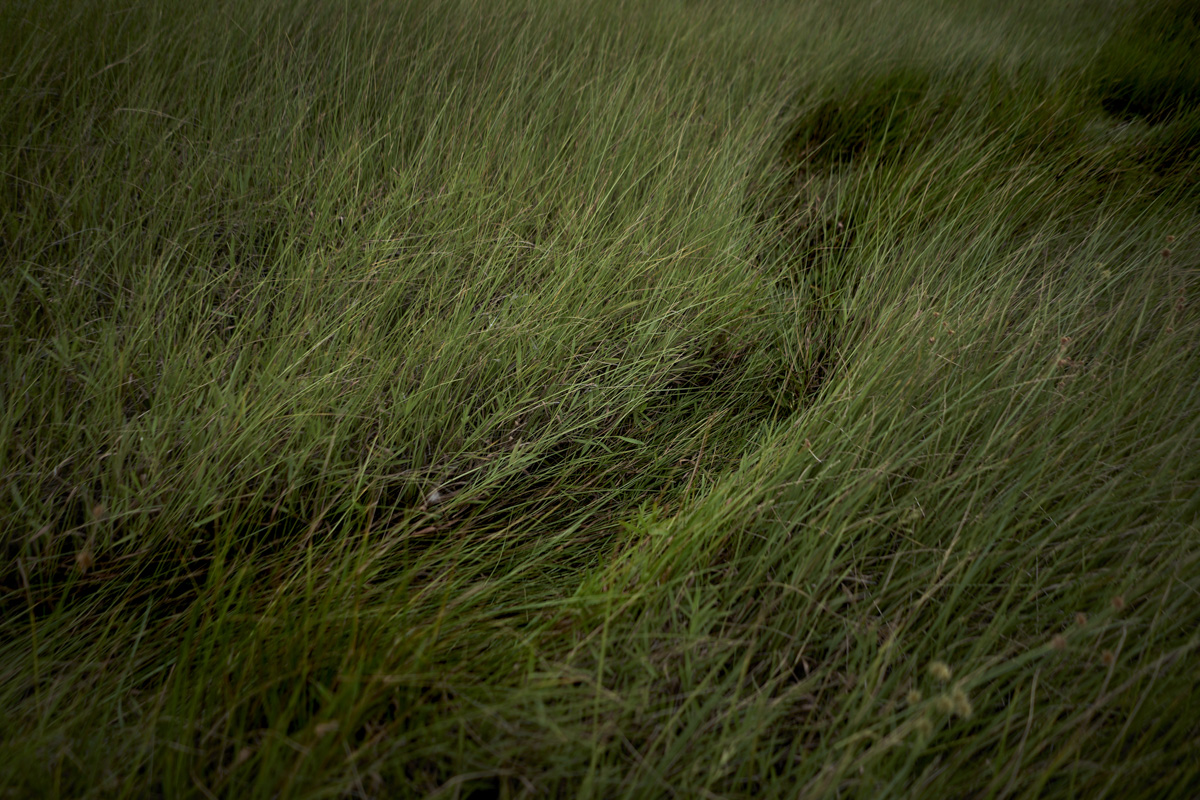
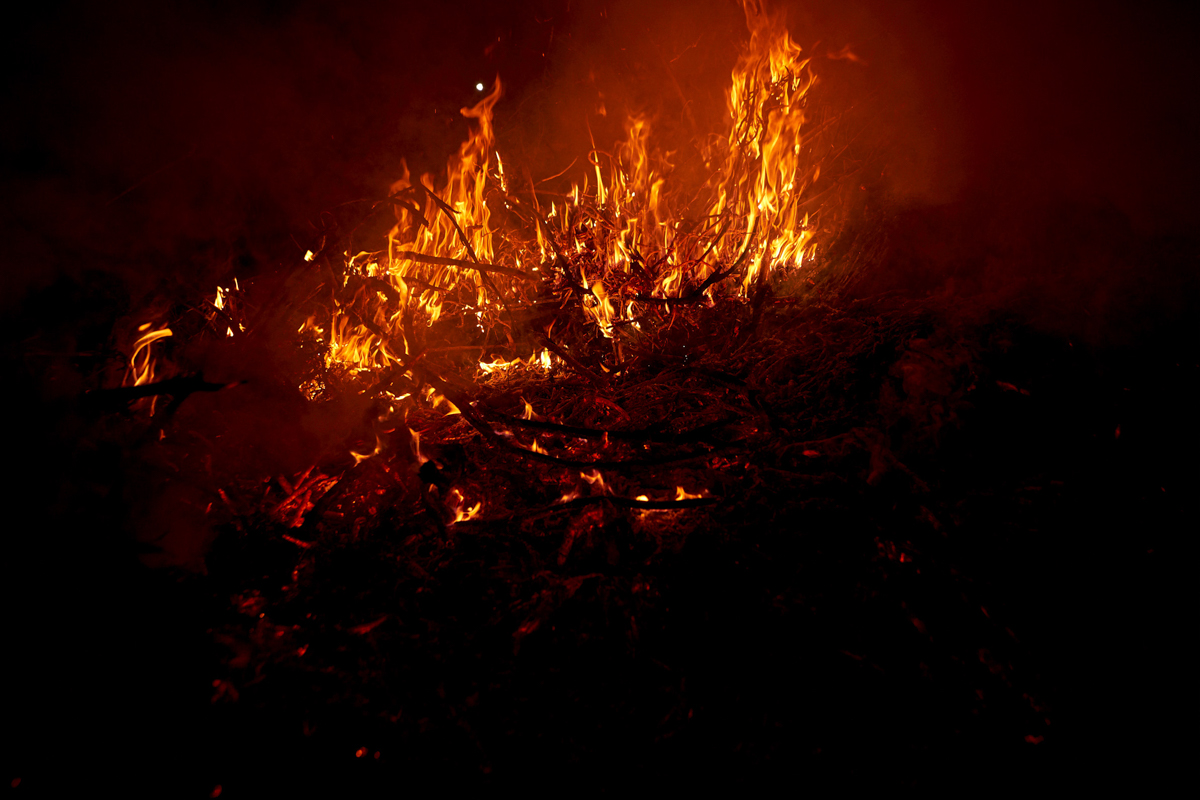
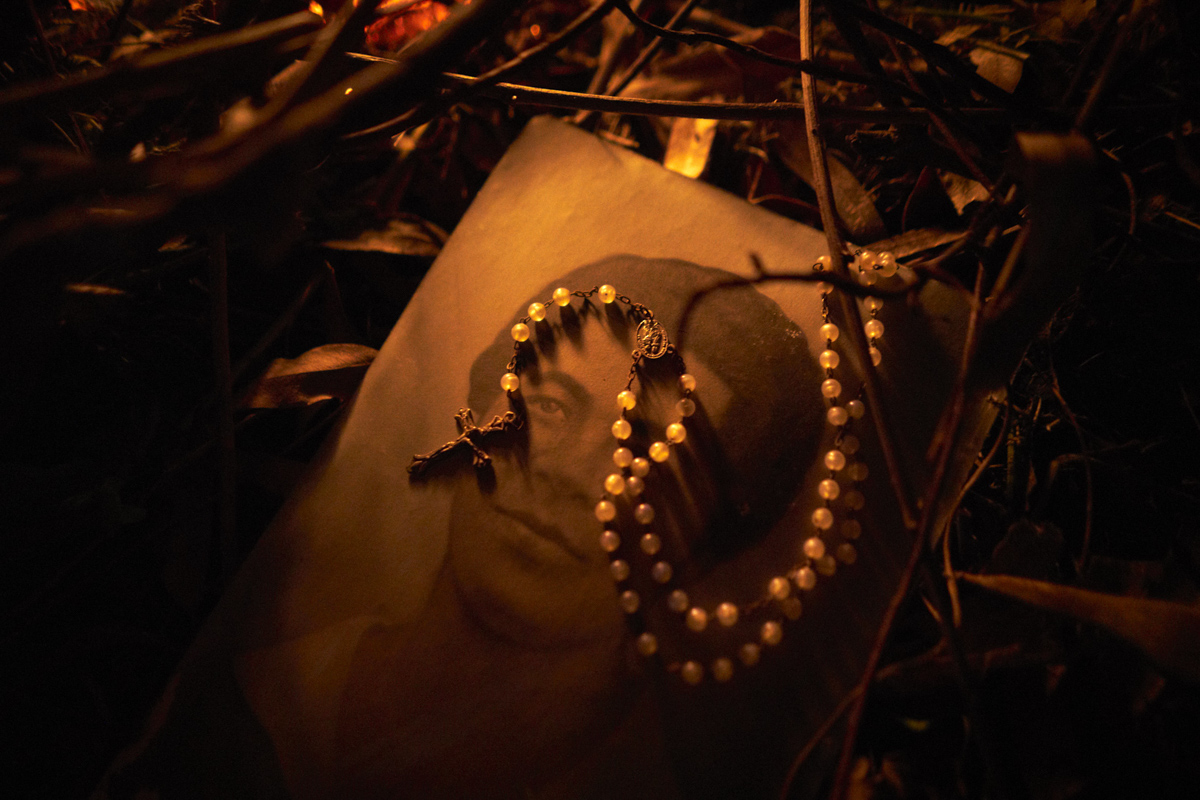
That new look allowed them to analyze the interviews they had already done together and from there work on a new narrative. What they found in the dialogues with Afro-descendant people was a story about visibility and absence. “All the time they told us that they are hidden in Uruguayan history,” says Mayra. “They want to be visible, to be heard.”
That common feeling awakened in them a set of images that alluded to the hidden and the visible, “the sacred, the ancestral, the magical, the synchronous, the ritual, the strange, the religious”, they list together.
With all this in mind, they met again with the families to take new photos. They then sought to build “a ritual” with the protagonists, with flatter and more saturated colors (red, black, brown, gray), in outdoor spaces during the day and night with natural elements (water, fire, earth) to enter more emotional, mental and spiritual territories.
The time they took and the pre-production work were essential for the two of them to achieve that joint conceptual view. “At the beginning, there were two different schools colliding and today I see the photos and we are both represented, we did it,” explains Pablo. “In a way, I think that was one of the challenges that interested me the most on a personal and professional level: two different approaches to work on an issue and in that diversity is where we both grew up a lot.”
